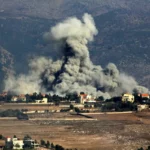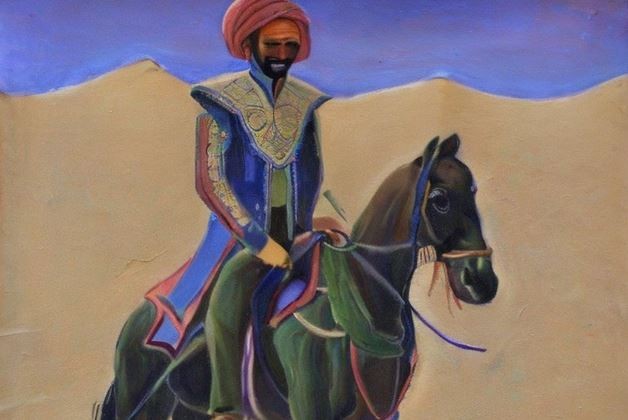Rabat – Artificial Intelligence (AI) is getting more advanced and complex at a daily rate, with generative AI the most visible in our current online environment. While experts remain divided on whether AI is a force for good or evil in the long run, a variety of companies are rushing forward with their advances in what has been dubbed an “AI arms race.”
The current form of generative AI went viral after OpenAI released its ChatGPT tool, which allows anyone to interact with its AI to produce a variety of written text and even coding. While ChatGPT received the most attention out of all the current AI technology in development, it is by far the most advanced system on offer.
Over the past year Generative AI has expanded into AI-produced visuals, with paid tools such as MidJourney and OpenAI’s DALL-E. These tools offer users the ability to produce striking, and sometimes unnerving, imagery using simple textual prompts.
The advances in generative AI took another leap when an open-source tool, Stability AI’s Stable Diffusion, allowed users to run AI models directly from their computers, away from the control and content moderation of the companies that typically produce such tools.
For traditional artists, these tools have been a genuine source of concern as Generative AI has the ability to learn an artist’s particular style, and use it to generate new “artwork,” with remarkable accuracy.
Generating an image of your favorite popstar in the style of Van Gogh or Frida Kahlo is unlikely to upset anyone, yet for many artists who currently make a living off their unique style and approach, Generative AI threatens their livelihood and affects the supply and demand effect on their work that makes art valuable in many cases.
For Moroccan artists, this element of an AI learning and copying a particular style has the potential to allow anyone around the world to replicate their local style, whether it be orientalist paintings of fantasias seen at most Moroccan tourist shops, or even the intricate patterns of Zelige and Moroccan fashion.
Meanwhile, the uproar from artists worldwide is unlikely to impact the rapid evolution of Generative AI, and some experts doubt if the growth of AI can be stopped, even if humanity wanted it. As such, many tech-savvy artists and creatives are choosing to embrace AI and use it for their own benefit.
Just as an AI scraping the internet can learn unique styles, so can an artist “train” an AI model using existing tools, and use it to produce new artwork in an enclosed offline environment. Other less artistic people see AI as a way to enable their creative skills without the need of years of training to be able to visualize the ideas in their heads.
While generative AI holds great potential for creatives without much actual artistic skill, for many artists around the world the tools present an “adapt or die” moment. With governments being years behind on AI-related legislation, many are trying to use existing copyright law to fight back. Yet AI companies such as Stability AI insist that allegations of copyright infringement “represent a misunderstanding about how our technology works and the law.”
Source: Morocco World News

















Add Comment